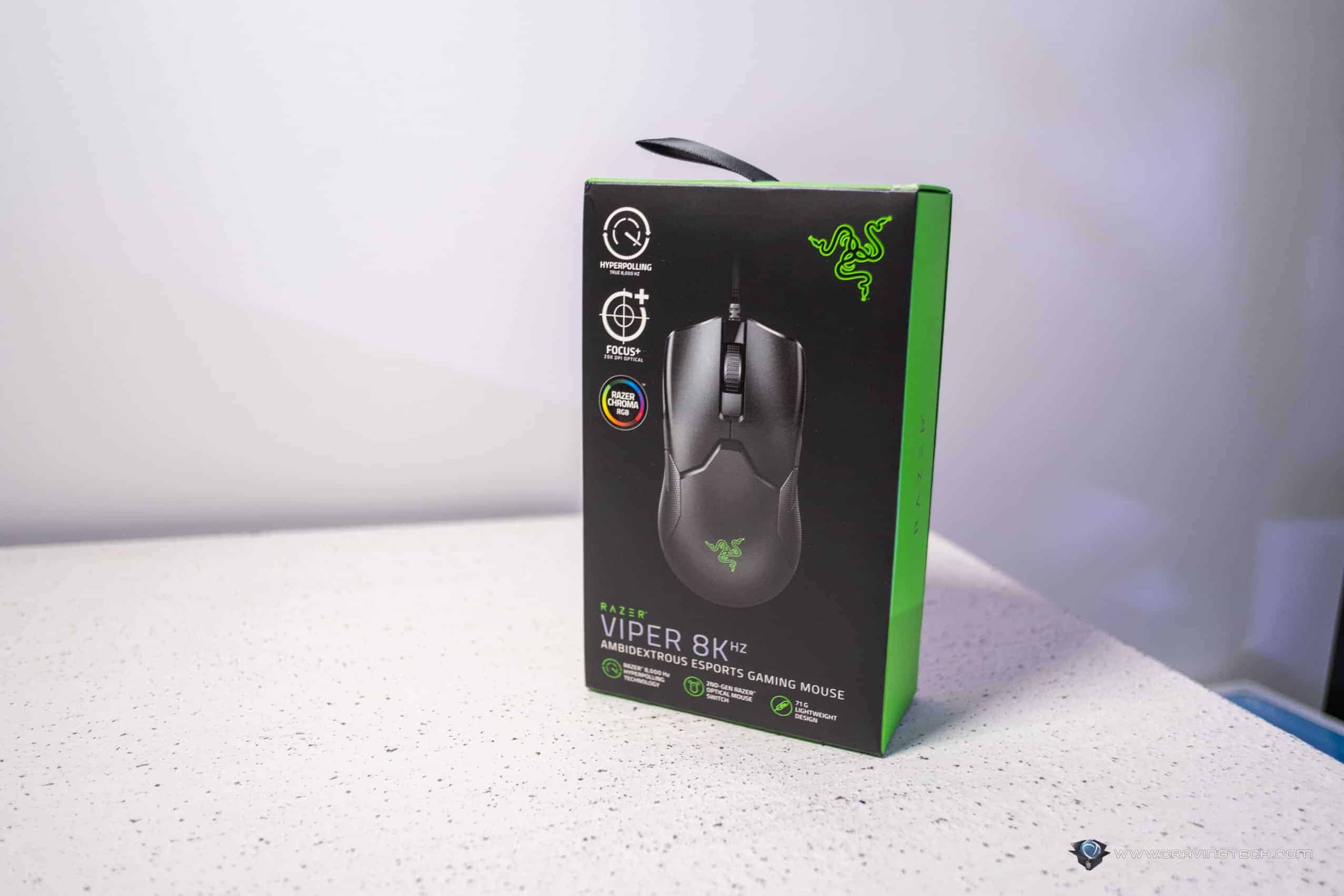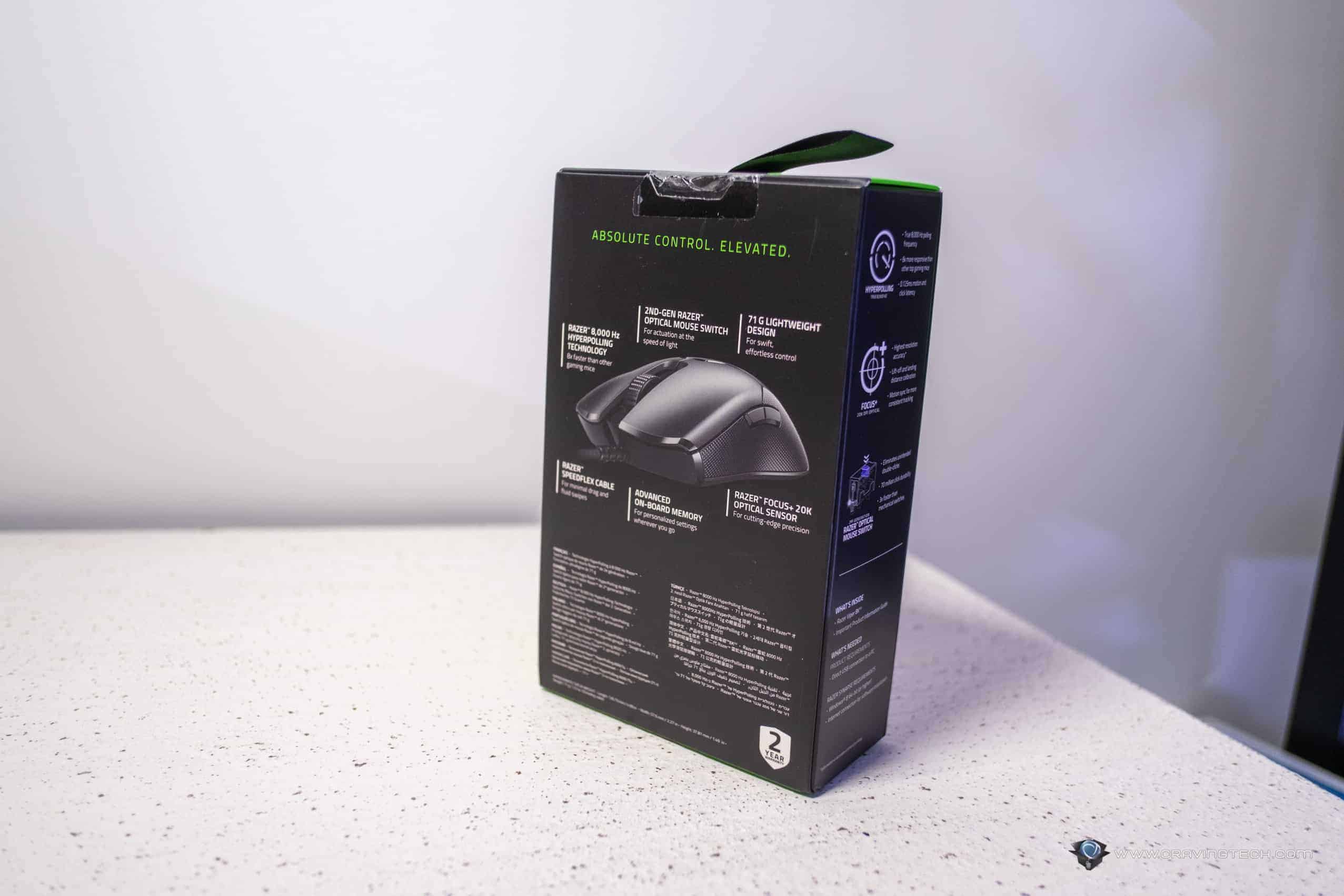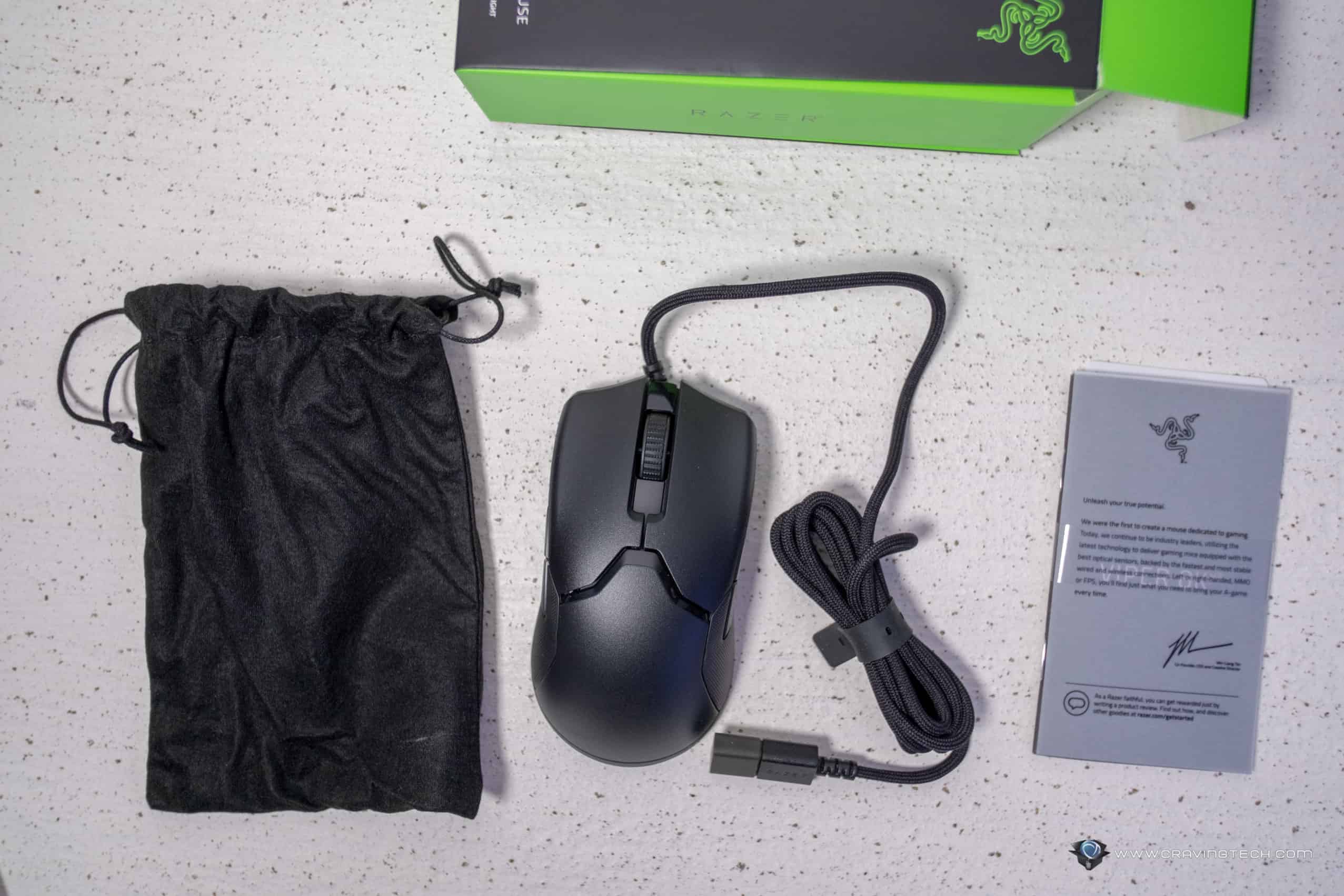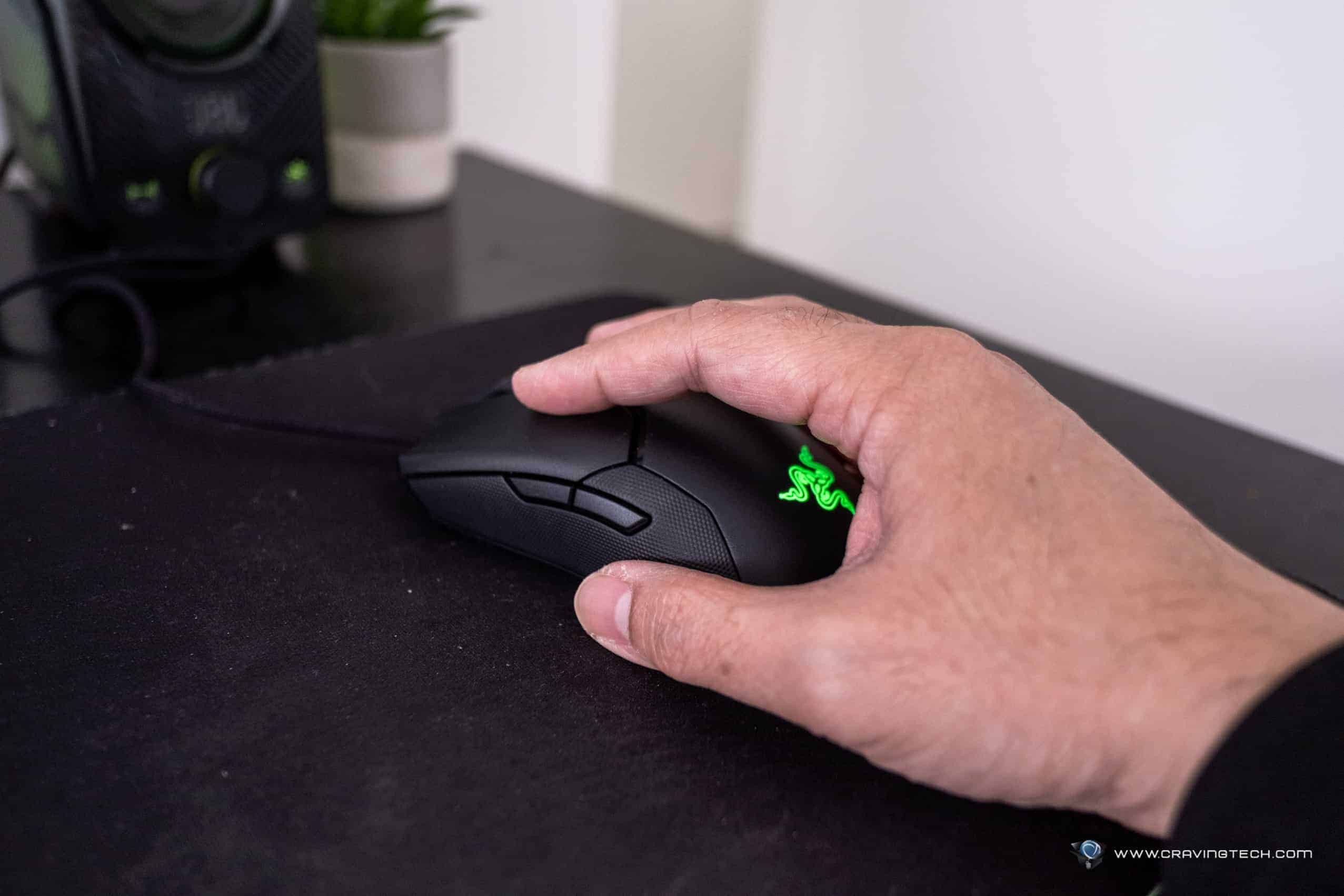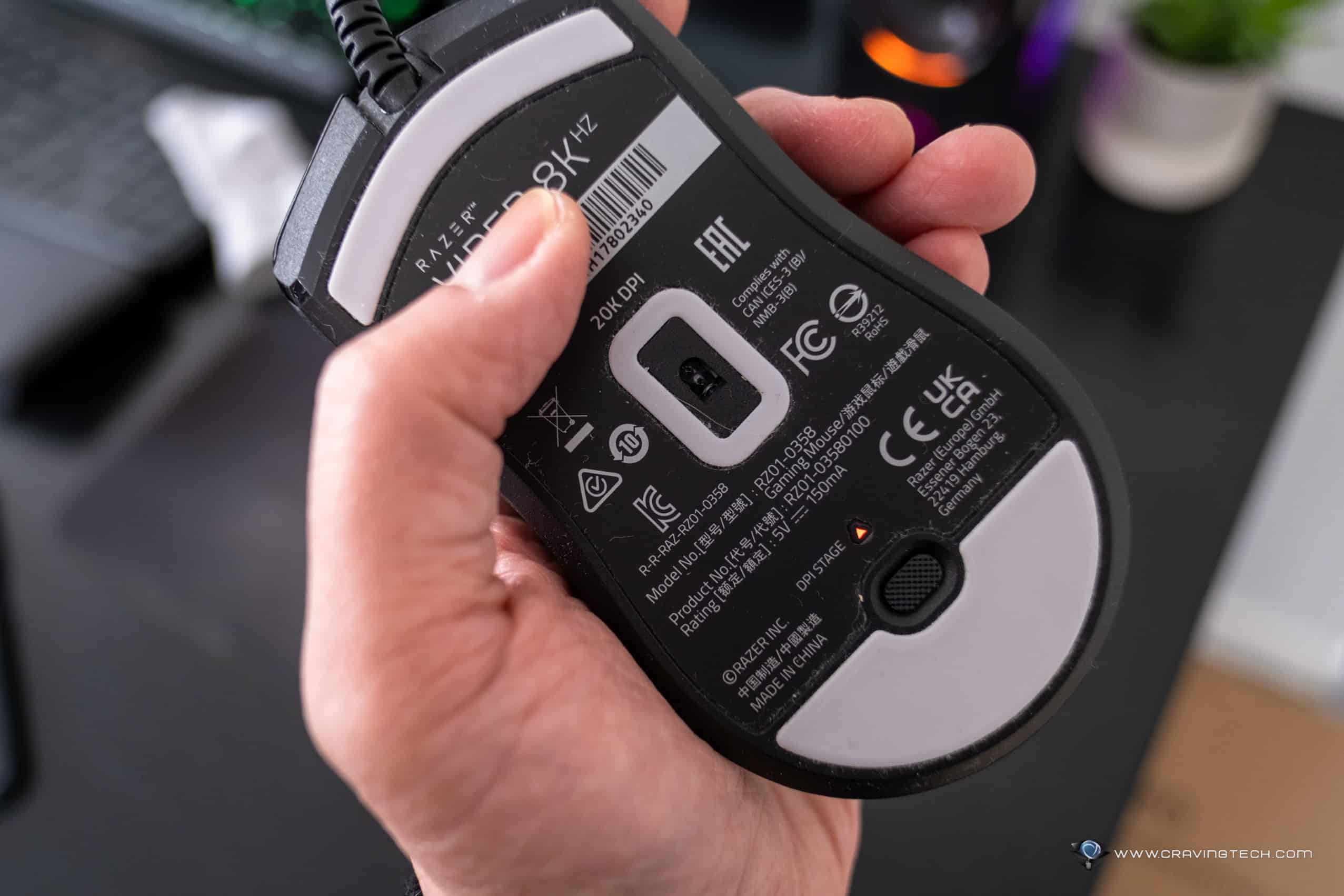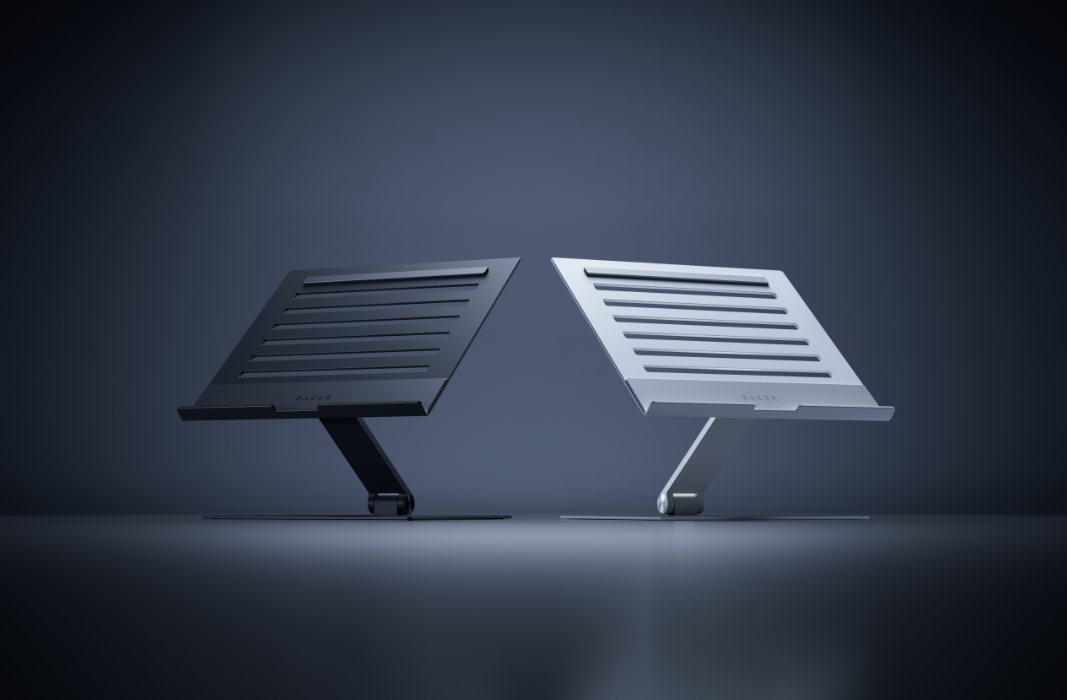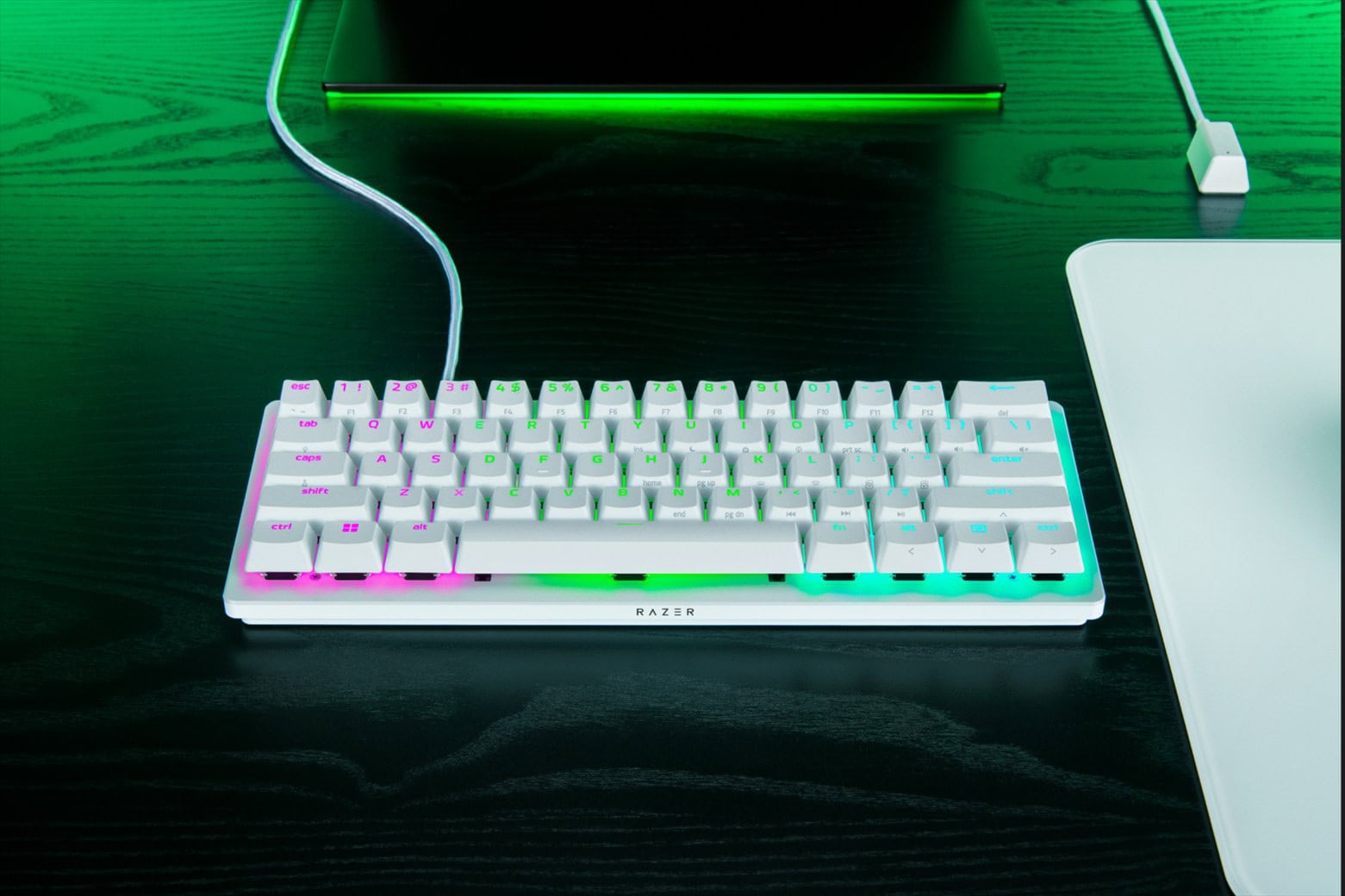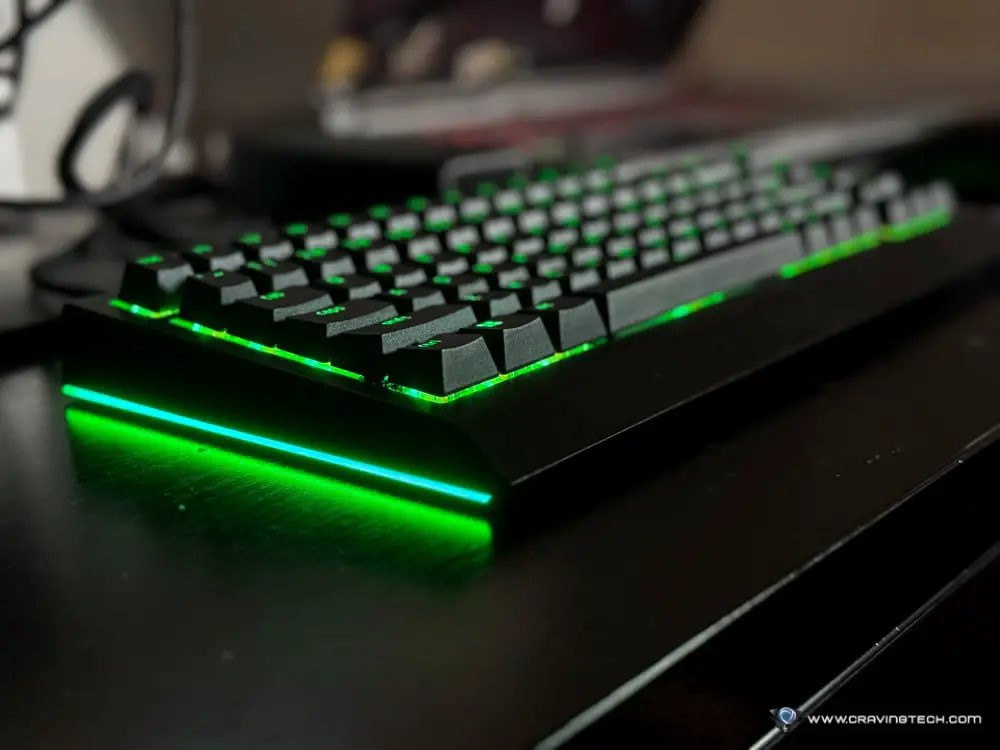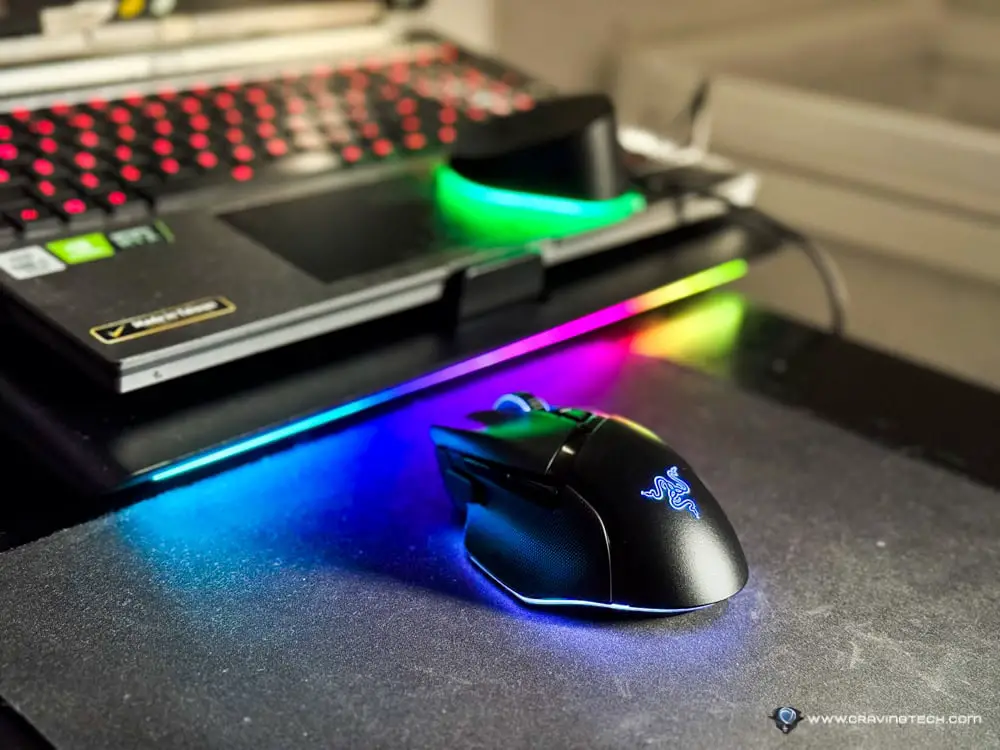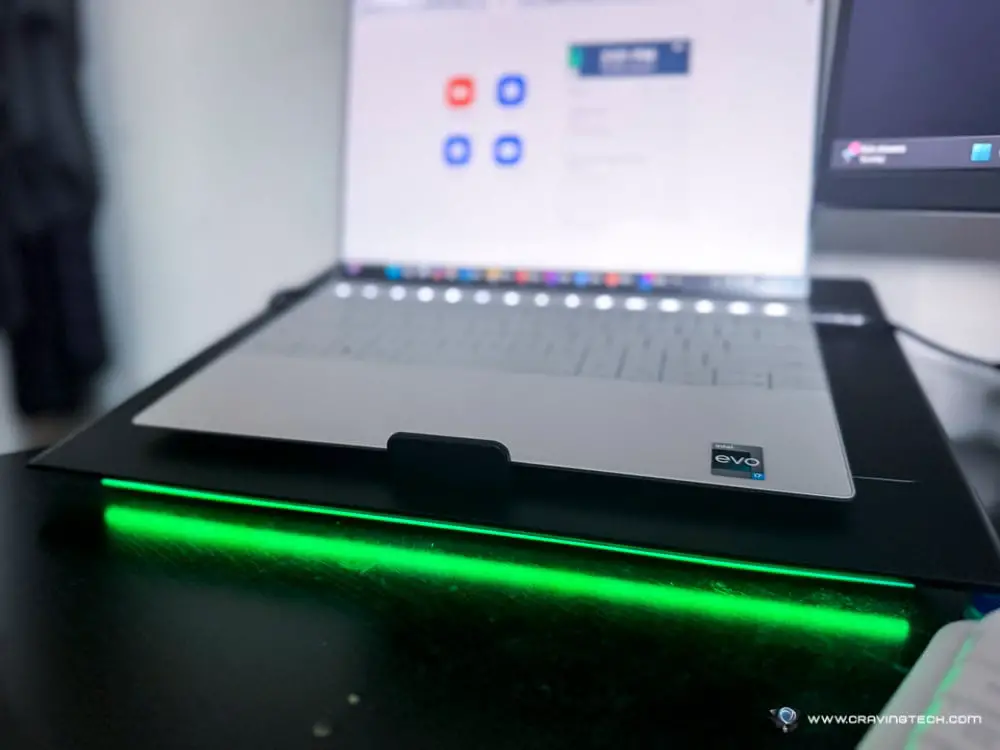Razer Viper 8KHz Review – As gaming keyboards get higher polling rate (like the CORSAIR K100 RGB‘s 4000Hz polling rate), there aren’t much to see in the mouse department. At least, until Razer Viper 8KHz comes along.
With 8000Hz polling rate support, Razer Viper 8KHz would be the gaming mouse that many esport players will drool over. Does it give an unfair advantage though over the standard 1000Hz polling rate gaming mice? Does this put all the previous, great Razer gaming mice like the Viper Ultimate, Basilisk Ultimate, or DeathAdder V2 Pro obselete?
Probably not but let’s have a closer look at the new Viper 8KHz mouse today.
Razer Viper 8KHz Review – Unboxing Video & Packaging Contents
Razer Viper 8KHz Review – Specifications
- Razer™ 8000Hz HyperPolling Technology 8x faster than other leading gaming mice
- Razer™ Focus+ 20K DPI Optical Sensor fine-tuned for pixel-perfect aim
- 2nd-gen Razer™ Optical Mouse Switch zero risk of misclicks
- 71g lightweight design swift, effortless control
- Advanced On-board Memory personalized settings wherever you go
- 100% PTFE Mouse Feet the fastest flicks with near-zero resistance
Razer Viper 8KHz Review – Design & Features
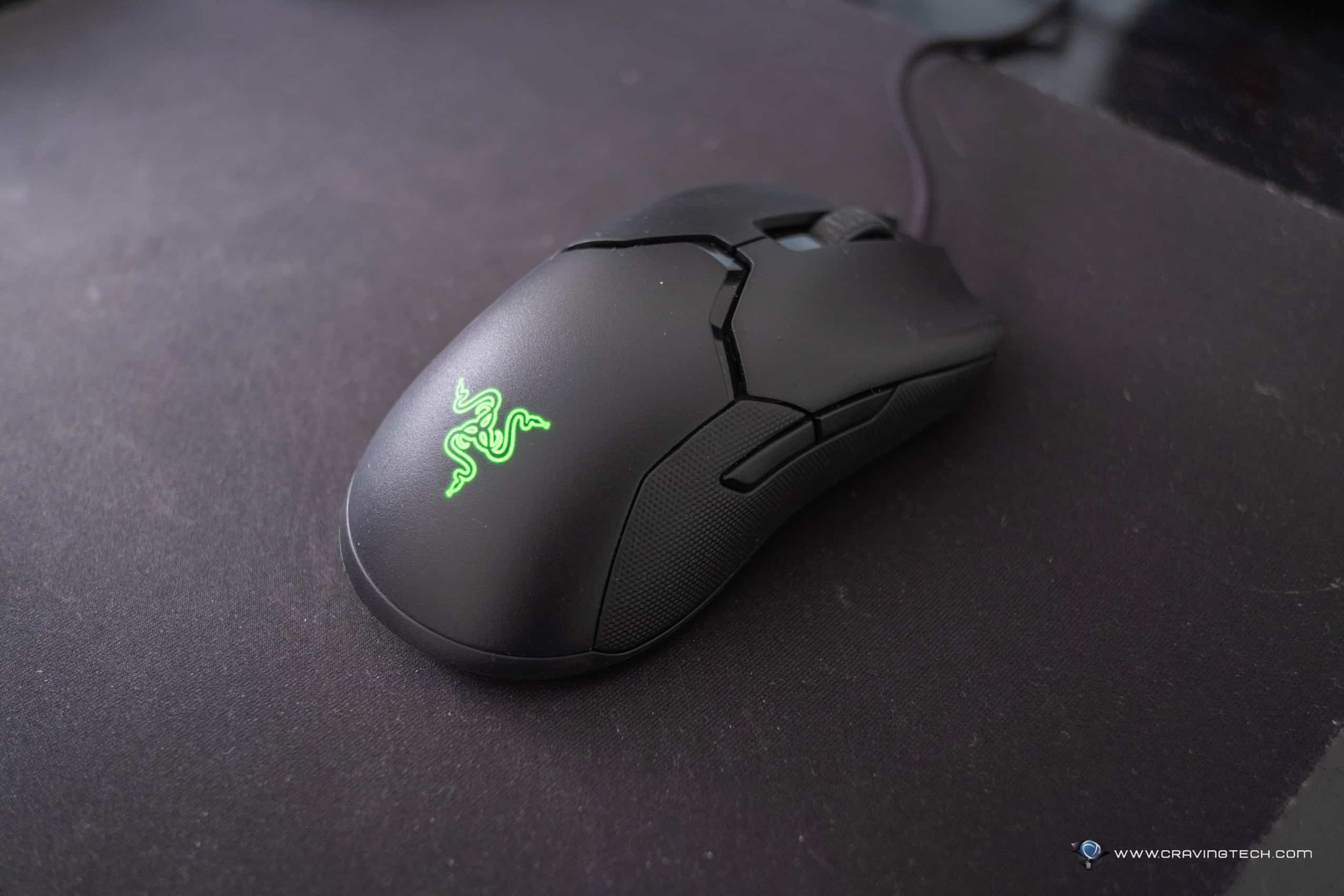
To Viper gaming mouse owners, the new Viper 8KHz should feel familiar, both in terms of looks and feel of the mouse (shape, length, width, etc). It’s an ambidextrous mouse so both left-handed and right-handed gamers can have a great grip and experience. Plus, it only weighs 71 grams (excluding cable).
Because of the ambidextrous design, you do get those extra two side buttons that you can use for something else (or turn them off altogether to avoid any accidental clicks in the midst of a hectic fight). The DPI Stage/Change button is located underneath the mouse which I’m not a fond of. Thankfully, I can assign DPI cycling on the Forward mouse button through Razer Synapse, so it’s all good.
The Viper 8KHz has a quite subtle RGB lighting with just the Razer logo illumination to boot. It may disappoint gamers who love RGBs but this definitely keeps pricing, weight, and distractions low.
It’s equipped with Razer Focus+ Optical sensor with intelligent functions like Smart Tracking, Asymmetric Cut-Off, and Motion Sync that can offer up to 20,000 DPI, 650 IPS, and 50G of acceleration.
And thanks to 2nd Gen Razer Optical Mouse Switches, every click feels satisfying, bouncy, accurate, and the switches also give more lifespan (70 million clicks). According to Razer, the switches don’t require a physical contact to send an electrical signal which eliminates the need for “debounce delay”. In short, the switches responds instantaneously to every press as it uses an infrared light beam to register the trigger. It’s definitely an advantage when you register your shots sooner.
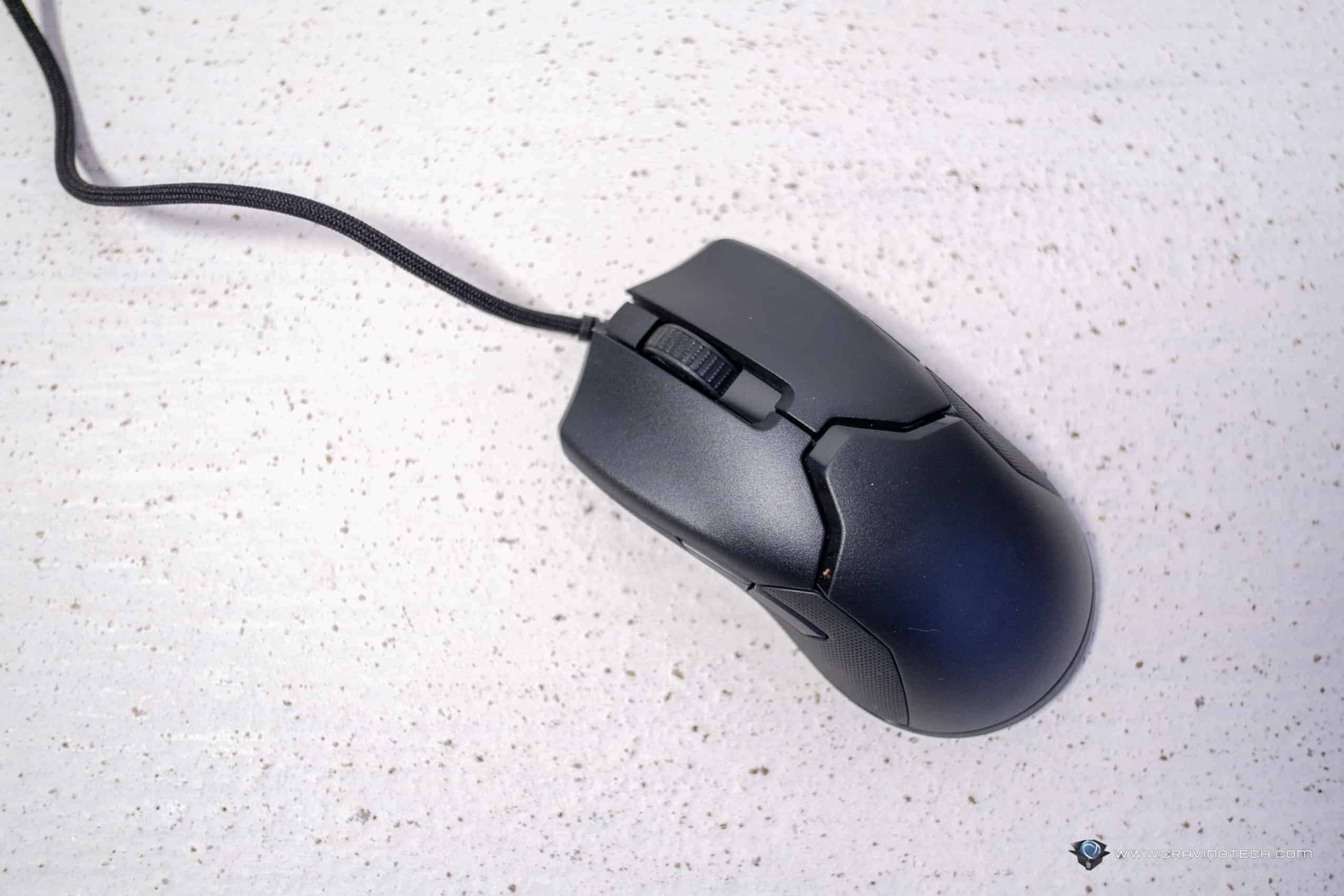
I happily find that the cable produces minimal drag on the desk and it’s one of the wired mice where I happily can plug it into the back of my PC below the desk. Some mouse cables are too heavy that they kept on dragging the mouse down or too lightweight that it doesn’t feel durable at all.
Using the mouse daily for work and gaming, the Razer Viper 8KHz fits better on my hand compared to the DeathAdder V2 Pro which is a few milimetres wider. It’s probably the shape of the mouse but it just feels more comfortable to use for a longer period of time.
And here is what I love about Razer’s mouse compared to other mice I’ve reviewed here from CORSAIR, HyperX, and SteelSeries: the grip is much better thanks to the rubber grip material on the sides. As a finger-tip gamer, most mice can feel slippery without these rubber grips. Some manufacturers provide an anti-slippery, grip tape but it just doesn’t feel right.
Razer Viper 8KHz is indeed nice to grip and thanks to its lightweight design & good feet, it’s easy to glide on my Razer Gigantus V2 mouse mat. The handling is consistent and I’ve never had a moment of frustration where I could ahem, blame it on the mouse.
But you probably want to know more about its 8000Hz polling rate. After all, it is probably the main reason why you are eyeing for this mouse.
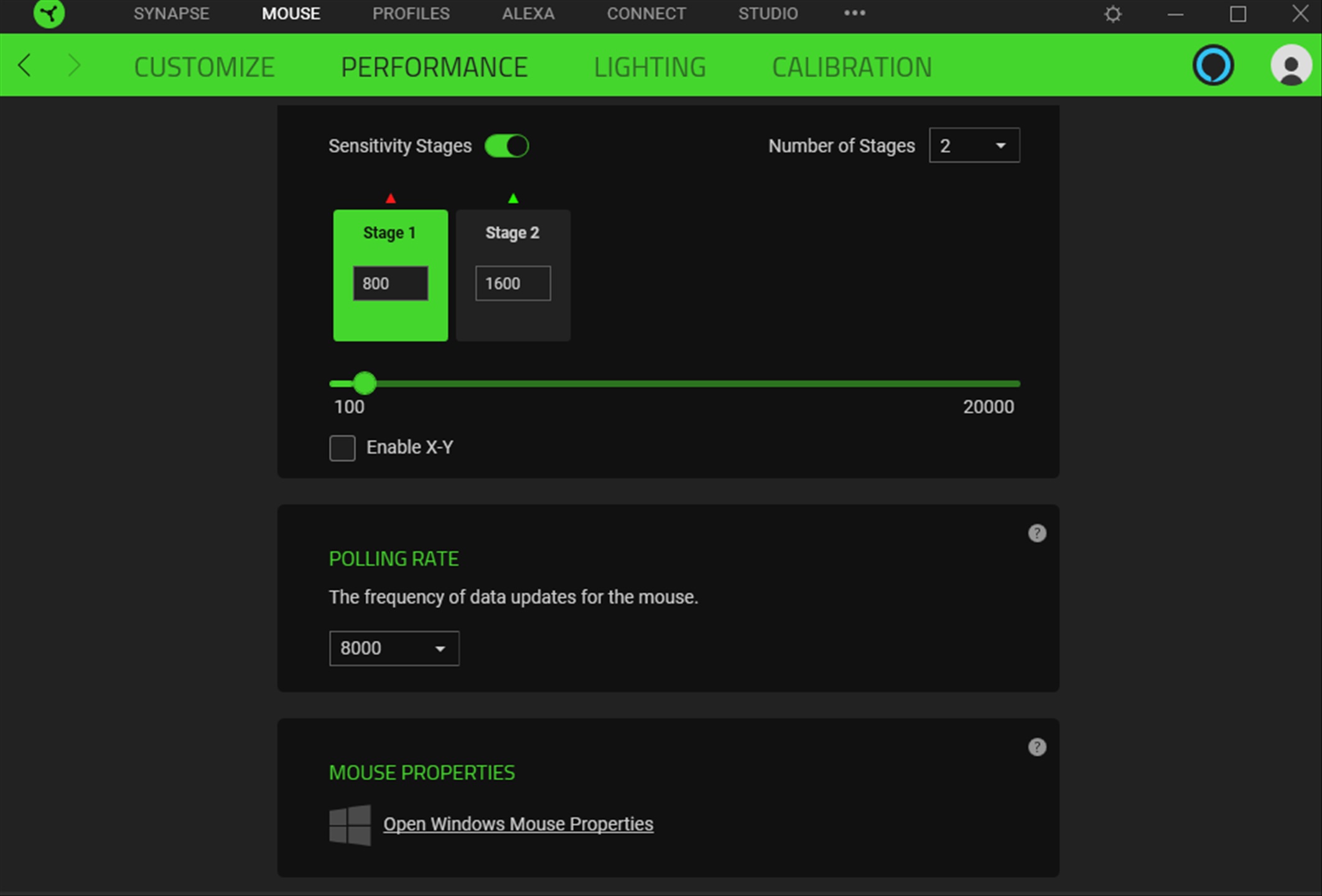
Having a true 8000Hz polling rate means the mouse can send up to 8 times more data in a second which reduces delay from 1 to 1/8th of a millisecond (the rate at which the mouse reports to the PC). This is more important if you have high refresh rate monitors (like 360Hz, for example) as the mouse can send more current data to match the display’s frequency/refresh rate. This avoids micro stutters which you may or may not notice.
Lower polling rate obviously means delays and more micro stutters when you are playing and it is definitely noticeable if you play a fast-paced, FPS game like Overwatch, CS:GO, or Valorant. If you don’t believe me, try setting your mouse to 500Hz or worst, 125Hz and you can notice the difference.
As an esport or competitive player, you definitely want every advantage that you can get, even down to the milliseconds. Out of sync shots, micro stutters, delays are definitely a few in the lists that you want to get rid of as much as you can.
Alas, as good as this sounds, setting the polling rate to 8000Hz is more CPU intensive than having it at 1000Hz polling rate (which makes sense, because the mouse is sending more data in a second to process). If you don’t have a beefy CPU, you’ll notice stuttering and mouse input delay when playing games.

My main gaming PC is powered by AMD Ryzen 7 3800X with CORSAIR DOMINATOR 32GB DDR RAM and a GTX 3080Ti (GIGABYTE X570 AORUS Elite Wi-Fi motherboard and NVMe SSDs). I would have thought my PC is powerful enough but setting the polling rate to 8000Hz created an input delay after playing Overwatch for some time.
However, I stumbled upon a forum thread about turning services or background programs off and after trying it out with Razer Cortex (which disables unneeded Windows services and background programs when playing), the problems go away!
The aim definitely feels smooth and responsive, and it just feels great overall. Can I tell the difference from using a 1000Hz mouse? Umm, I’m not sure. It does look slightly smoother, but I don’t know if it’s a placebo effect. Setting the polling rate to 8000Hz doesn’t suddenly make me a better player or being able to frag more in the game. I also game on a 144Hz BenQ EX2780Q gaming monitor so I’m sure it would be more noticeable on a 360Hz gaming monitor or if I’m playing at an esport level.
Now, there is also game compatibility. Overwatch definitely supports 8KHz polling rate by enabling “High Precision Mouse Input” in Overwatch but you need to check whether your main game supports it. However, even if your game doesn’t, setting the Razer Viper 8KHz to 4000Hz or 2000Hz polling rate is already an advantage on its own.
You can check the official minimum system requirements from Razer and also a suggestion from Razer to turn Adaptive Sync off from this article over at Tom’s Hardware.
Here are some gameplay videos from Overwatch while using the Razer Viper 8KHz:
Razer Viper 8KHz Review Conclusion
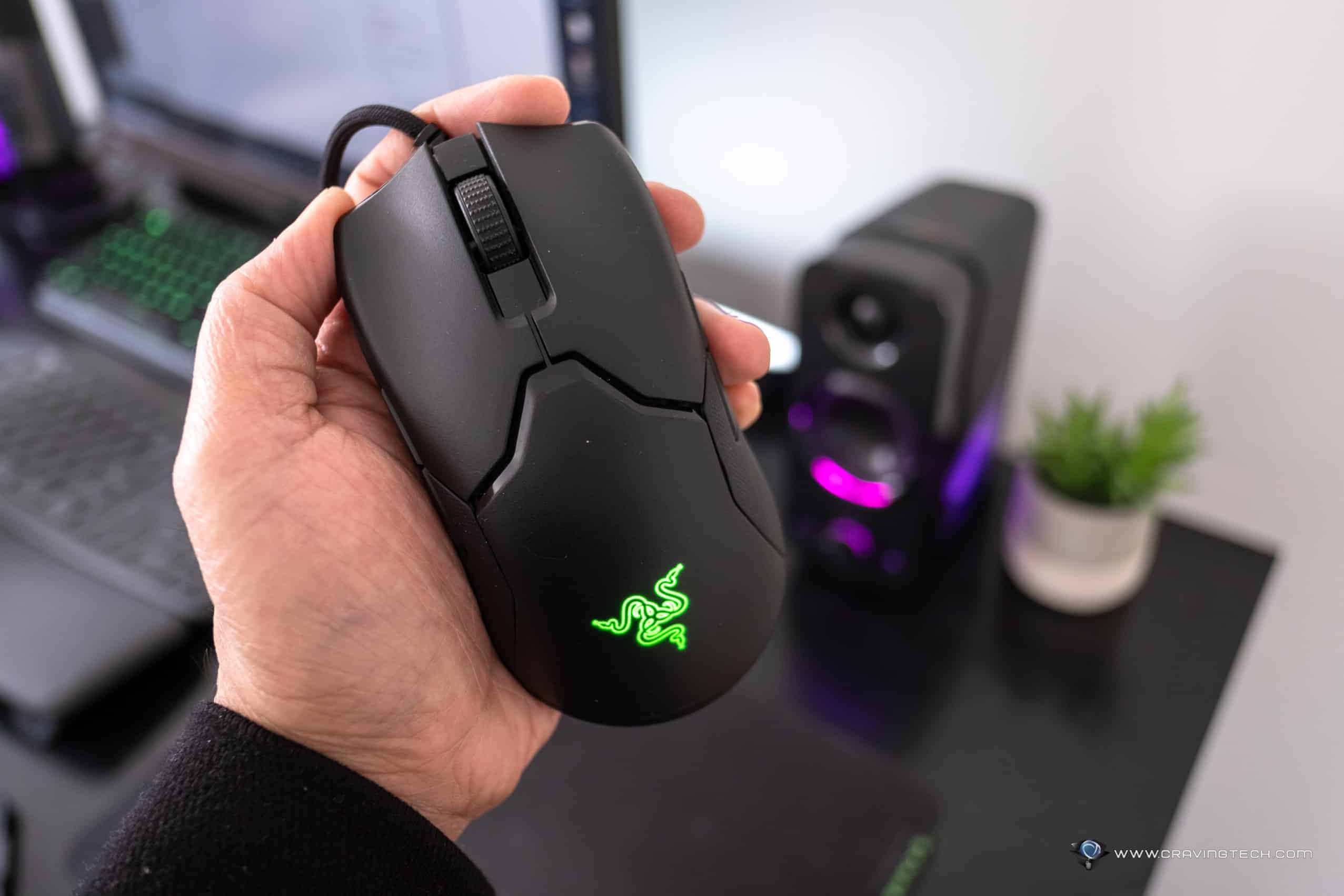
Razer really likes to grab the title of “World’s First” in any way they can and the Razer Viper 8KHz is definitely the fastest and smoothest mouse with that 8000Hz polling rate.
Thankfully, Razer doesn’t jack up the prices just because it has an 8000Hz polling rate. At AU$134.95 RRP, the price is very reasonable and the mouse itself has a great, comfortable grip and great sensor performance.
Having a beefy PC with high refresh rate monitors are definitely needed to tap into the mouse potentials. And if you are planning to upgrade your PC at some point, it still is alright to grab the Viper 8KHz now. Even setting the polling rate to 2000Hz or better, 4000Hz still gives you the advantage over those who are still on the standard 1000Hz polling rate.
Razer Viper 8KHz is definitely a mouse built for now, and the future. You can grab the mouse at Razer AU website or many retailers around Australia.
Disclosure: Razer Viper 8KHz review sample was supplied for reviewing
Razer Viper 8KHz Review
Overall
Summary
Apart from the top-end 8000Hz polling rate, Razer has also added their latest, top-notch components into this excellent, esport-worthy gaming mouse
Pros
- Ambidextrous, comfortable
- Rubbery grip material makes it easy to grip
- Intelligent, accurate sensor
- 8000Hz polling rate, but has 2000Hz and 4000Hz options too
- Lightweight
- Excellent cable, feet, and buttons design
Cons
- Requires a beefy PC & high refresh rate monitors to utilise its full potential
- Not enough RGBs?

